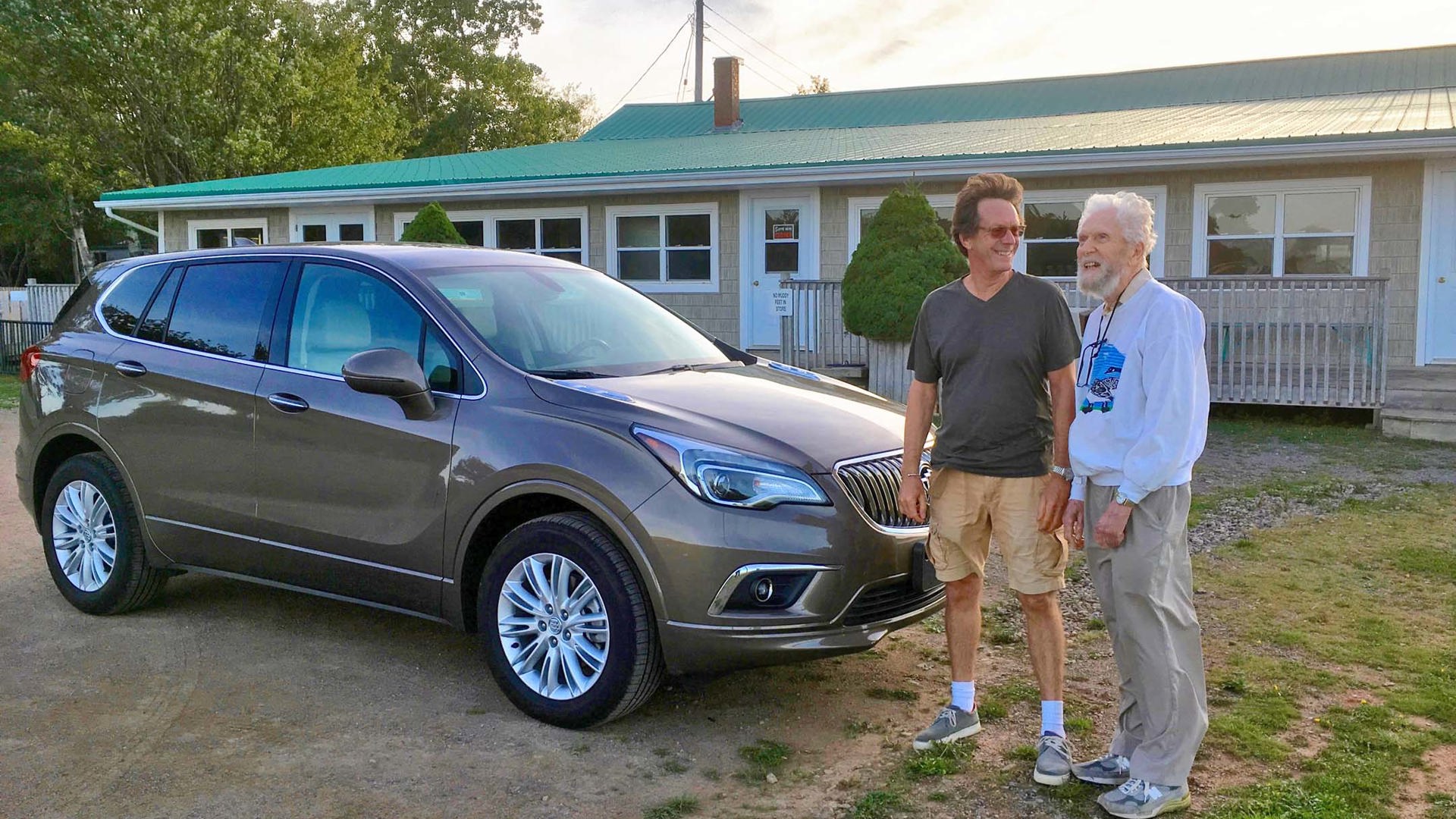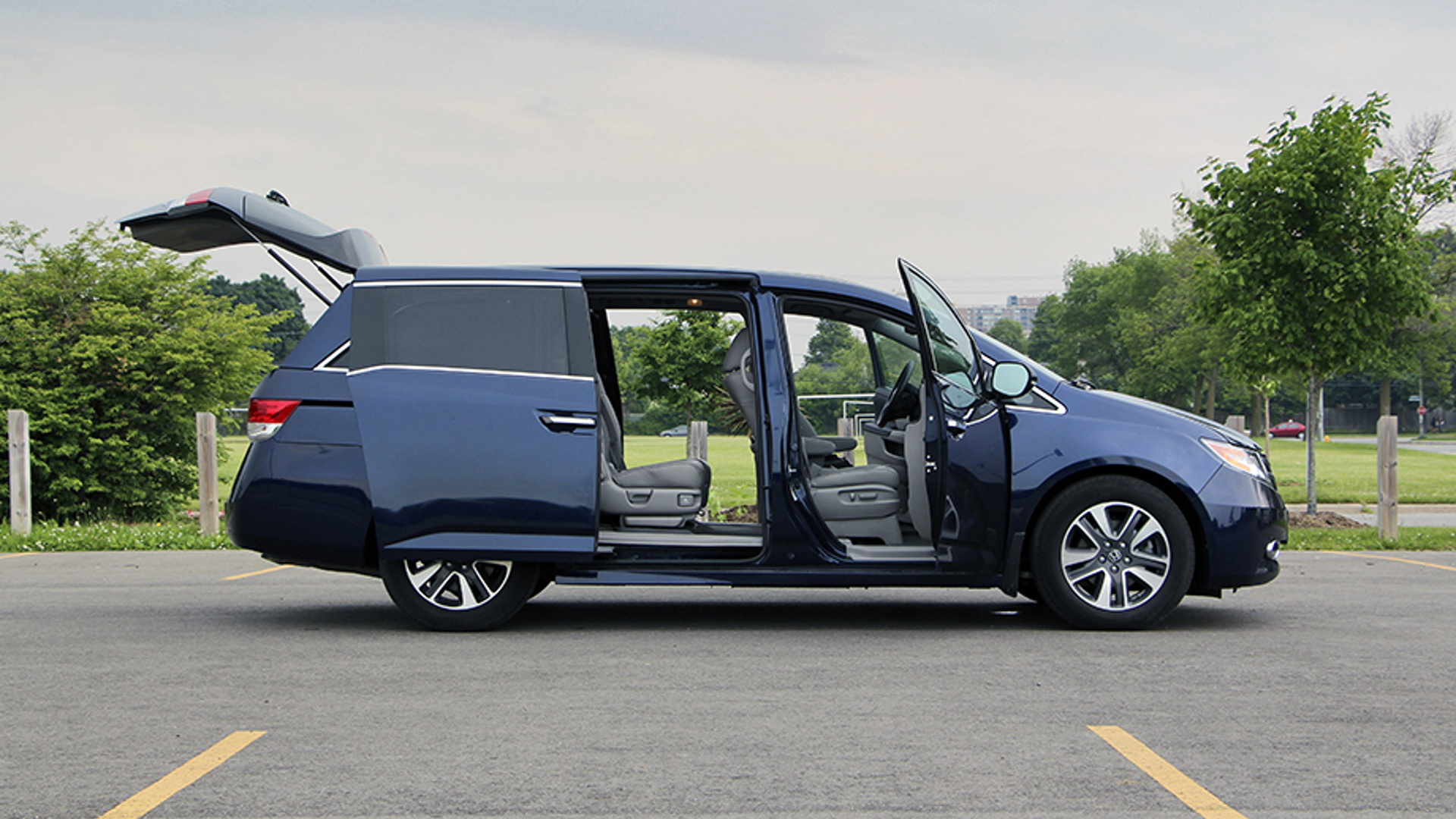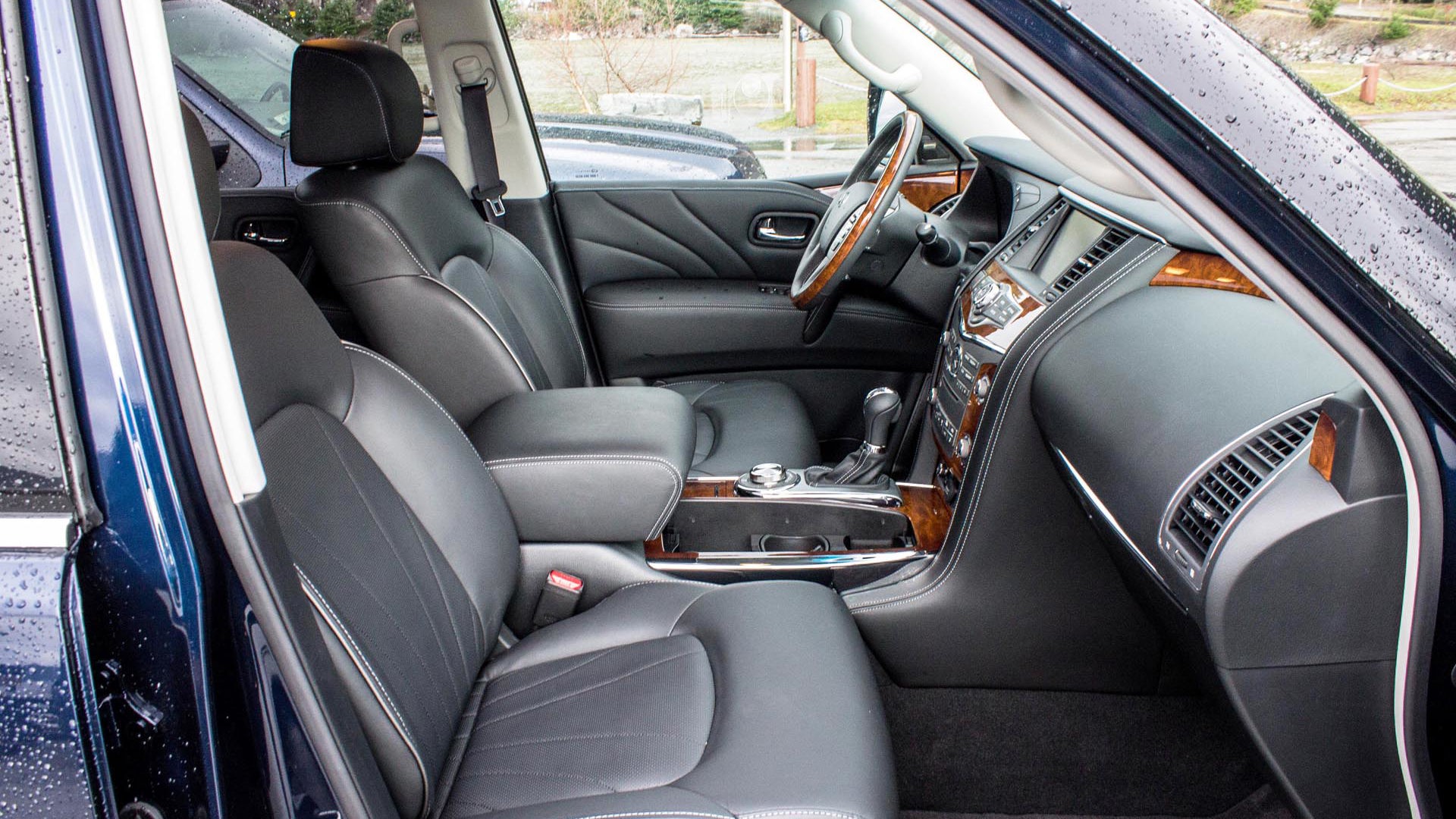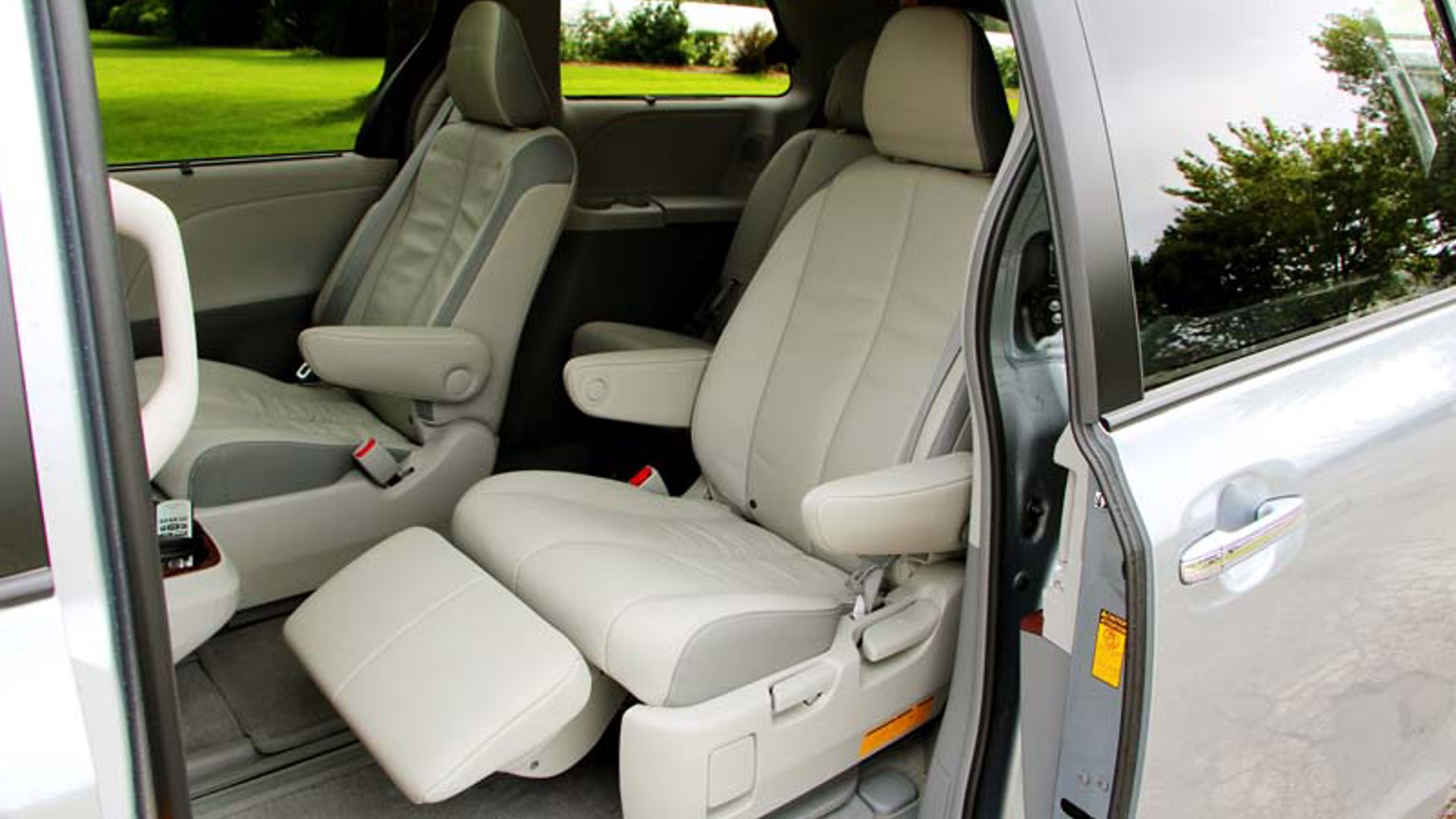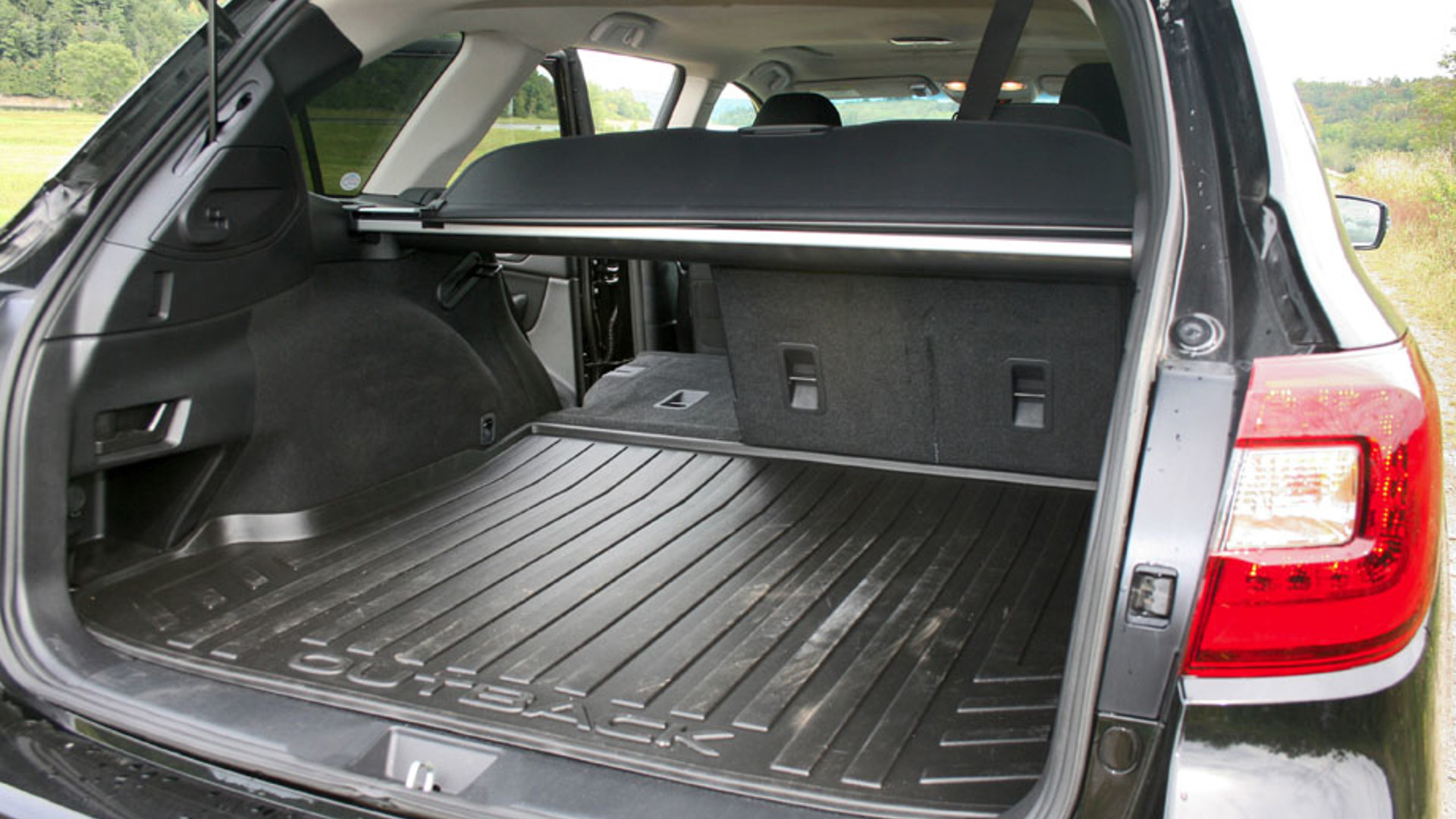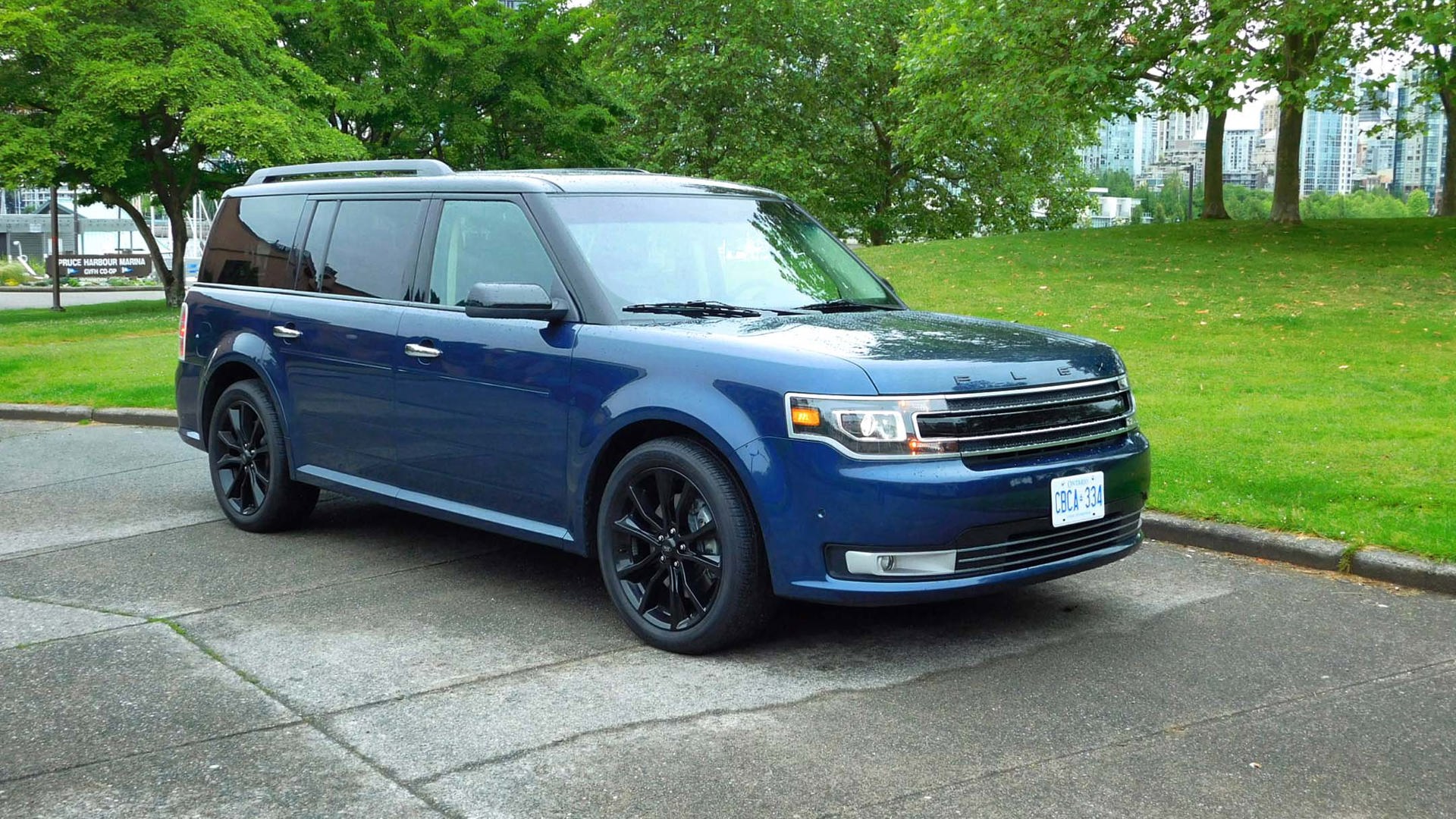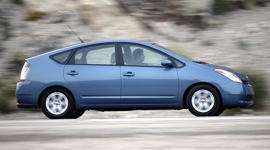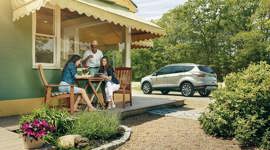Getting in and out of a car may be a simple task for most people, but it can be a real challenge for seniors.
“For older people, moving their body into a low squat position and manoeuvring themselves sideways into a car can be quite difficult and sometimes painful,” says Dr. Julie Wilson of the Terra Nova Medical Clinic in Richmond, BC. “Elderly people have reduced strength and flexibility in their back, knees, and hips, which makes it hard for them to squat and move into the awkward positions required to enter and exit a car. And many older people develop conditions, such as arthritis of the hips or knees, and chronic lower back pain.”
Hayley Stewart, Lifestyle Coordinator of the Russell Hill Retirement Residence in Toronto says that many of their residents have difficulty getting into a car (as opposed to an SUV or van) because the seating position is too low for them. “Elderly people no longer have muscle control to slowly squat into the seat,” she says.
Best practices for entering and exiting a vehicle
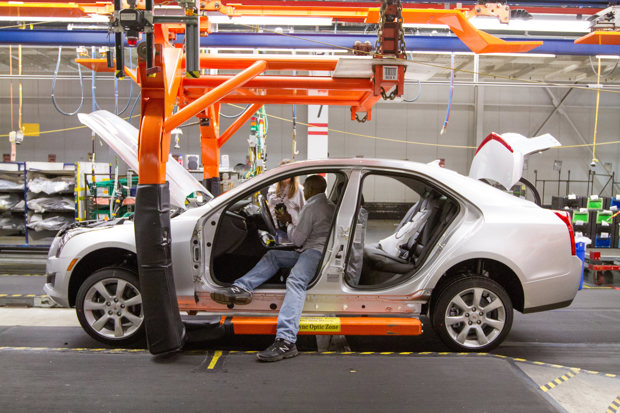
Seniors who are fit enough can get into a car by putting their leg in first and then sit down, but frailer seniors need to back up to the seat and sit down backwards, explains Judith Carrington, Assistant Senior’s Outreach Coordinator at the West Vancouver Senior’s Activity Centre. That’s particularly true for seniors with a walker, she says. “The best way for them is to put their bottom on the seat, then slide one leg in, then the other leg, and gently turn to the front.
“The height of the seat (cushion) is important. When getting in, the person should be able to slide into the seat, and when getting out, it should be an ‘easy stand’ for them. Envision being a senior holding on to a walker and trying to pull yourself up. It’s difficult.”
Carrington points out that the front passenger seat is easier to get in to than the rear seats because the front door openings are usually larger and the front footwell is bigger. “At the rear there is not as much room where you put your legs in. A person that has knee problems or hip problems can’t bend their legs in the same way.”
What to look for in a new car
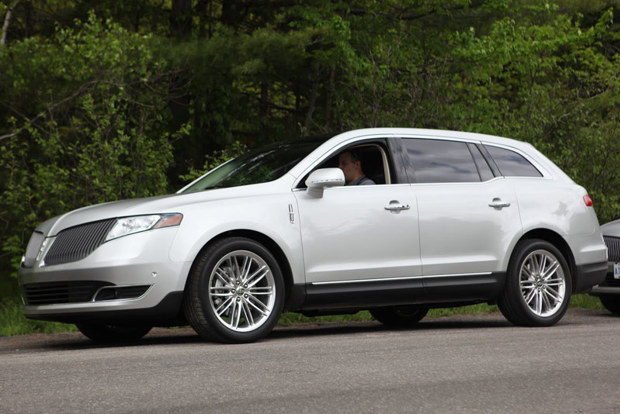
Russell Hill Retirement Residence used to have a Lincoln Town Car but switched to a Lincoln MKT SUV. “With the SUV, they now have to step up, but they have more muscle control, and it’s not a sense of throwing themselves in (the Town Car). Getting out of the SUV, they can just turn, slide down, and plant their feet on the ground.” However, “it can be a problem for very short people,” says Stewart.
If your passenger will be riding in the rear, Carrington suggests finding a vehicle with a tall roof line, larger rear door openings, and doors that open wider. “A grab handle that they can hang on to is good, and leather seats are better because you can move far easier on a leather seat than on a fabric seat.”
Minivans with sliding rear side doors offer a low step-in height and elevated seats that make it easier for seniors to get in and out of the rear seats; but larger SUVs, full-size vans, pickup trucks, and 4X4s with a higher ground clearance are not a good fit for seniors. Needless to say, sports cars, two-door coupes, and exotic cars with low seating positions and wide door sills are a no-go for seniors.
For seniors with walkers or wheelchairs, the ideal vehicle also needs a large trunk or cargo area. Vehicles such as hatchbacks, station wagons, crossovers, minivans, and SUVs with folding rear seatbacks offer the most cargo room and easier access while sports cars and small sedans offer the least.
Carrington recommends compact or mid-size SUVs and cars with elevated seating positions – but every passenger is different. “Really, people need to practice (getting in and out) before they buy a car. The buyer should try and have that (elderly) person there when they buy a car.”
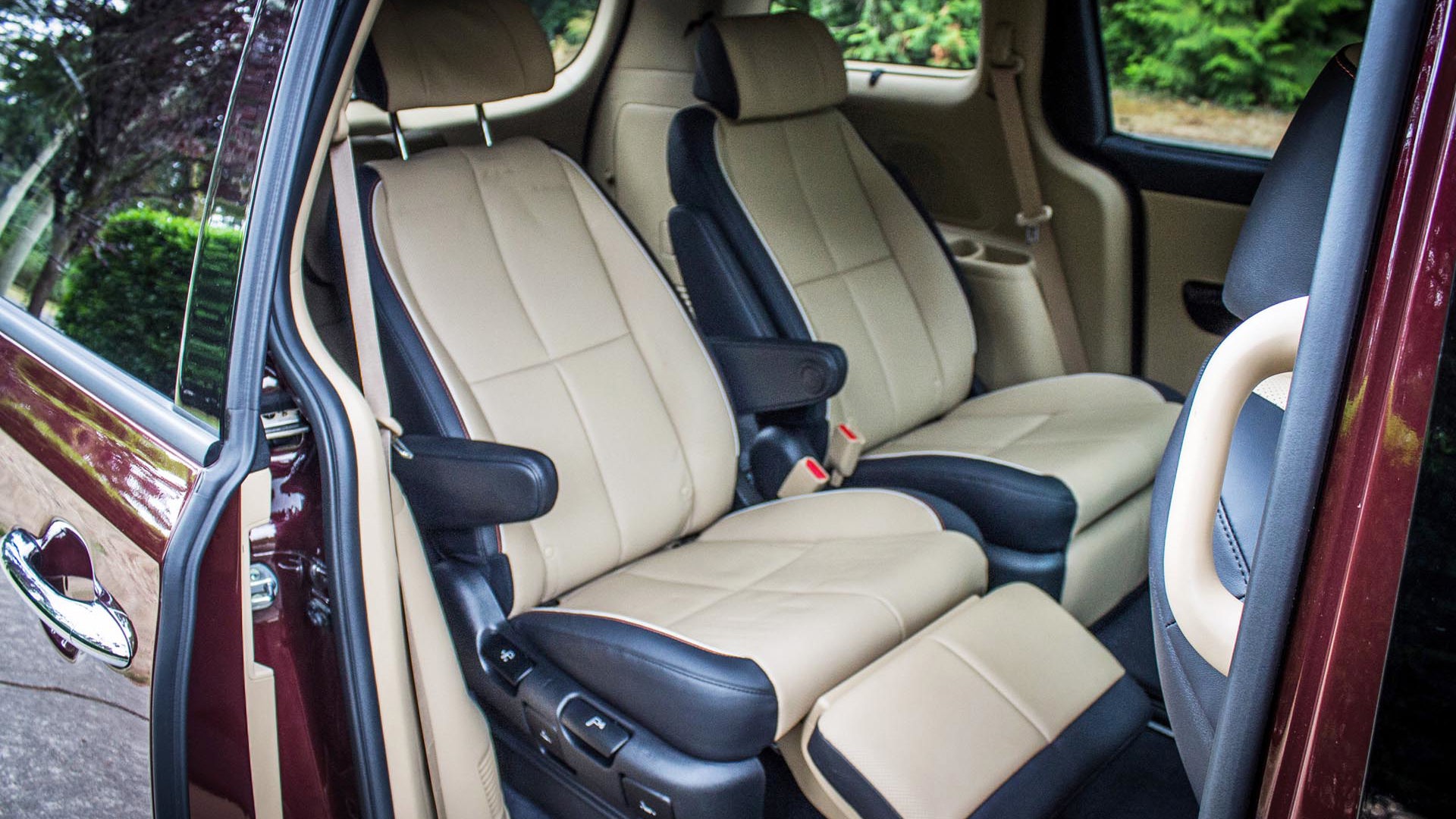
When buying a vehicle to transport elderly passengers, look for these attributes:
- low step-in height
- large door openings
- no protruding door sill or running board
- grab handle on door pillar
- swing-out rear doors that open wide, or sliding rear doors
- tall roof height
- seat cushion height that’s not too low or too high
- leather or vinyl seats
- cargo area that will accommodate walkers or wheelchairs
- trunk with a low liftover height
- trunk with a flat floor
- split-folding rear seatbacks that fold down level with the trunk surface
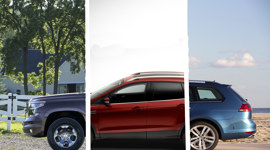
Recommended vehicle types:
